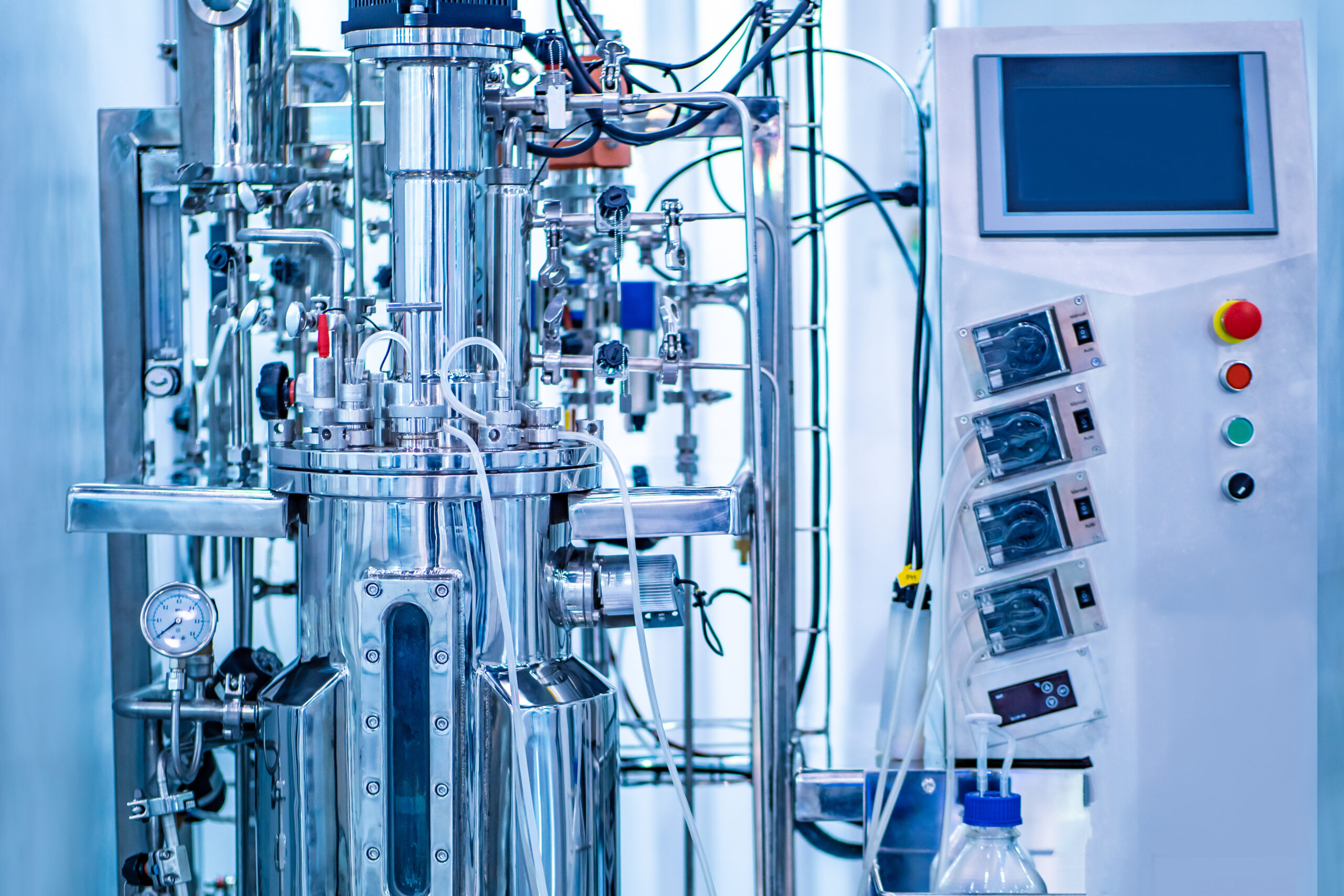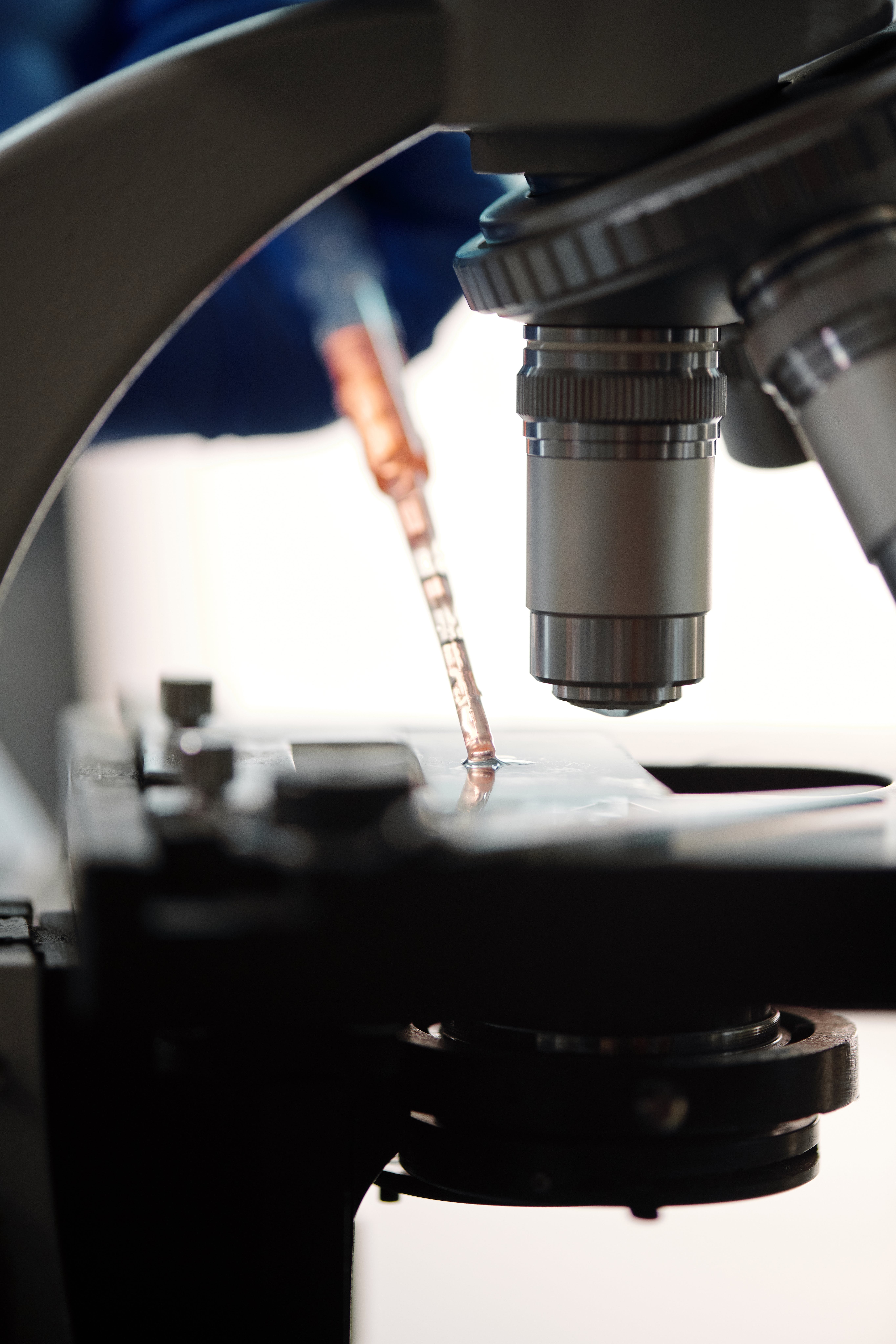Advancing Stem Cell Manufacturing

In 2021, the stem cell manufacturing market was valued at 11.5 billion USD and is projected to reach 18 billion USD by 2026, at a CAGR of 9.4%. Cell-based therapy (a topic we focus on at our Cell UK: In-Person) is a modality of regenerative medicine that plays a vital role in effective disease management as well as specialised medical models such as personalised medicine and genomic testing. Key drivers in the market growth include the increased awareness about the potency of stem cell therapeutics, growing investments in stem cell-based research, and the implementation of regulatory frameworks across developing countries. Prominent players operating in the stem cell manufacturing market include Lonza, Thermo Fisher Scientific, Merck &Co, and Danaher Corporation.
Stem Cell Scale-Up and Manufacturing: Optimal Technologies
Mesenchymal stem cells are stromal cells that have the ability to self-renew and exhibit multilineage differentiation. When it comes to manufacturing these, it is important to consider and select the optimal technique for large scale production. In particular, Jonathan Clarke, Chief Executive Officer at Procella Therapeutics, identifies the need to “consider the suitability of implementing a 2D or 3D cell culture at the analysis stage”. He continued by explaining how selection is paramount and can significantly impact the quality control of the final product. Darius Widera, Associate Professor in Stem Cell Biology and Regenerative Medicine at the University of Reading, concurred, explaining that “to translate a 2D cell culture into 3D, one needs to consider what system to utilise for optimal results”. Available systems include solid carriers, scaffolds, and hydrogels, to name a few. Single-cell cultures used for clonal expansion were identified as intrinsically dangerous, risking the generation of culture-induced mutations such as cancers.
Whilst every system has its own unique set of advantages and drawbacks, Widera recognises 3D scale-up using scaffolds implemented into a bioreactor-based expansion of cells as a more manageable process. In particular, he claimed that “it is fairly easy to convert conventional cell culture at the scale of 100 millilitres up to 1 litre as scaling-up is less challenging to control”. Nevertheless, challenges remain for the stem cell field. “There is a lot to be gained in the future from 3D structures, tissues, and cell cultures”, Che Connon, Professor of Tissue Engineering at Newcastle University, said. “But if we look closely at stem cell manufacturing technologies, they are considerably behind the scalable manufacturing technologies we see for Biologics or even individual cells,” he continued. Looking ahead, industry priorities should address advancing methods used to reproducibly create 3D structures, whether it is via microtissues or stem cells. Currently, there remains limited research and development in this space.
Streamlining Stem Cell Manufacturing:
According to Widera, “it is important to consider the necessity of having a clearly defined release criterion for the final product”. He explained the need to define an efficient potency assay to ensure product batch consistency and reduce the chances of compromisation by the scale-up process. Increased consistency and efficiency in routine potency testing offers an economical and streamlined manufacturing workflow. In particular, Clarke pinpointed the advantage of setting up optimised potency criteria early in the manufacturing process. He recommended conducting quality control tests at every step of the cell expansion operation. However, the feasibility of this approach largely depends on the cost-effectiveness of the assay. “Should an assay be cost-intensive, it is worth conducting quality control assessments prior to expansion, and then redo the assay once the batch is complete to compare results”. This, in turn, reduces the chances of batch-to-batch variability.
From a production standpoint, it is also possible to streamline cell cultivation using bioreactors. A bioreactor is a vessel that conducts the biological reactions necessary for cellular and enzymatic immobilisation. Bioreactors play an integral role in ensuring the sterility of cell cultures, a process that is particularly susceptible to biological contamination during transitions between sterile spaces. The different bioreactors available include a stainless-steel model, which holds a capacity of 10,000 to 20,000 litres, or a single-use bioreactor containing 1,000 to 2,000 litres. While stainless steel remains the preferred option for large-scale production, single-use bioreactors are popular for small-scale production. Efforts are even being made to produce a continuous bioreactor for cell scale-up to address the considerable issues with traditional batch culture.
Making Stem Cell Processing and Manufacturing Greener:
According to Clarke, “from both a production and sustainability standpoint, we should start thinking about how to limit the field's carbon footprint”. Limiting waste is fast becoming a market trend across all areas of the pharmaceutical industry. Stem cell manufacturing is no exception, with green solutions becoming an increasingly pertinent issue. In particular, single-use bioreactors are becoming increasingly popular. Despite the amount of increased disposable materials associated with single-use bioreactors compared to conventional bioreactors, numerous ecological reasons support the former. For example, conventional bioreactors require more energy to make than the plastic bag used in single-use bioreactors. Single-use bioreactors also do not require extensive sterilisation after each fermentation, a procedure that requires large amounts of water, in addition to acids, alkali and detergents. Plastic equivalent materials based on biodegradable source materials such as wood-based plastics are also becoming available. Stricter regulatory guidelines will help facilitate the embrace of green manufacturing. As Connon explains, it will be important considering how “big companies might not see ecological initiatives as commercially relevant until they receive a bit of a push”. Interestingly the Welcome Trust has begun raising awareness with the publication a list of new strategies that include “Climate and Health”.
Future Outlook:
As the market for stem cell therapeutics continues to expand, so too will the need for streamlined manufacturing processes. The demand for upscaling will require careful and thorough forethought, with manufacturing technologies requiring further refinement to compete with the workflow of other pharmaceutical fields. Improved routine potency assay testing will similarly streamline the manufacturing process, whilst embracing environmentally friendly technologies and techniques can bring stem cell therapeutics into the future of pharmacology production. We at Oxford Global expect to see big things from the stem cell manufacturing field in the upcoming years.
Want to find out more about the latest cell therapy news? Register now for our Cell Therapy Analytics Symposium to find out more about novel characterisation techniques &robust analytical tools to ensure safe, quality therapeutic cell products are advanced through to the clinic.






